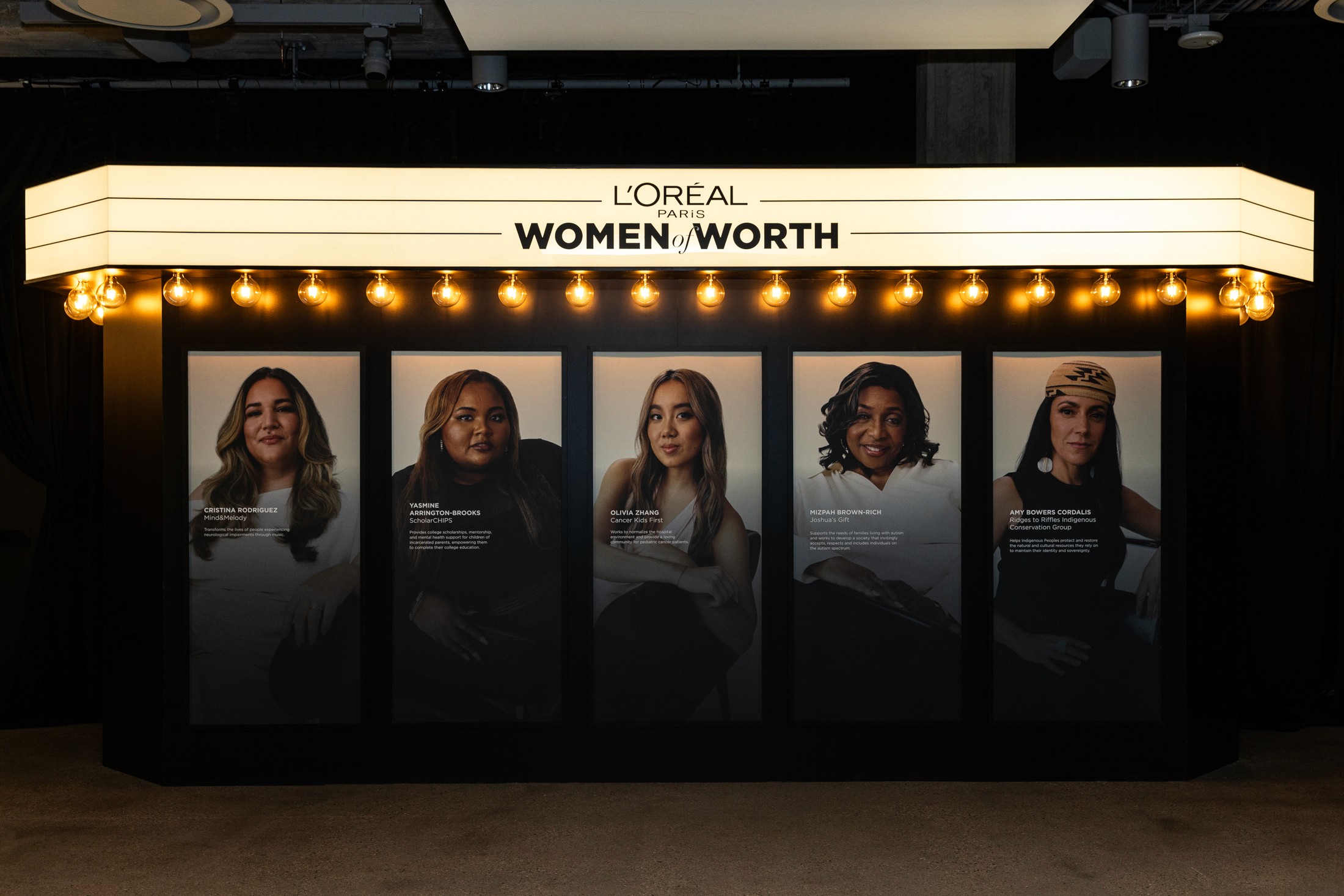Optimizing human flow: Rethinking retail with data and experiential marketing
What if you could create the perfect retail experience of the future for consumers and brands alike, sparing no expense? What would the consumer experience feel like? How would retailers use technology to best meet their needs, while also enabling larger revenue?
Well surely you would start with highly-trained, knowledgeable brand ambassadors (such a more apt term today than 'sales team,' isn't it?) who are fully empowered to create meaningful human interactions with customers. And, of course they would be armed with relevant data about your customers gleaned from face-tracking software so as soon as they walked in the door you'd know their buying history, their age, ethnicity, etc. Oh, and certainly the store itself would be “scientifically” designed using insights from heat-mapping technology that told you exactly where customers navigate to.
Here's the kicker though: this idealized store of the future is perfectly within the reach of retailers today, except few have the discipline and patience to commit fully to what retail needs be in 2019. As the great retailer Harry Selfridge once said, "People will sit up and take notice of you, if you sit up and take notice of what makes them sit up and take notice."
Today one of the things that makes people sit up and take notice today is experiential marketing. A study last year in EventTrack noted 91%of consumers say they have more positive feelings about brands after attending events of experiences. Yet another study found nine out of 10 marketers agree that brand experiences deliver more compelling engagement.
For most retailers experiential marketing is no longer a trendy buzzword, it's a proven strategy and the smartest brands are taking advantage of it. But it isn't easy — it requires inspiration and commitment.
The problem is the perception among C-suite execs that retail is only a sales-per-square-foot generator, rather than what is better suited at in today's climate -- a media tool, a physical version of a magazine with numerous themes and features -- all powered by technology enablers that sharpen the quality of the relationship with consumers, and allowing for less waste of information and more targeted communication.
The tech enablers I'm thinking about are not just web-based or SEO related or social media, but rather the range of unique digital solutions at our disposal that enable deeper engagement between consumers and brands.
It could be something as rudimentary as a photo booth for nailing the perfect branded Instagram “moment”; or more sophisticated tools like heat mapping so you can see where customers are going; or facial recognition so your brand ambassadors can access data as soon a customer enters.
Unfortunately though, digital enablers such as these are really only effective when they are used in the service of fostering a better relationship between consumers and brands. This in turn gives your brand ambassadors the tools to better do their jobs and engage customers on a deeper level. E-commerce is amazing at data -- tracking buying habits, sentiment, prompts to purchase refills, push related products -- but at the end of the day a human being is at the center of it all and many tend to forget that.
The internet — with a whole generation living their lives online — has made human connection a commodity, particularly when it comes to retail consumers. But research is showing that more and more consumers crave the type of interactions that were the norm just a few decades ago: real face-to-face experiences with experts in a physical store.
What makes a perfect store in 2019 is a combination new school, old school thinking -- using customer data to empowered brand ambassadors to give customers the powerful and personal shopping experience they can't possibly get from an app. When you bridge the connection between offline and online in an impactful way based on data tracked in the physical world you are optimizing human flow, and it is powerful.




